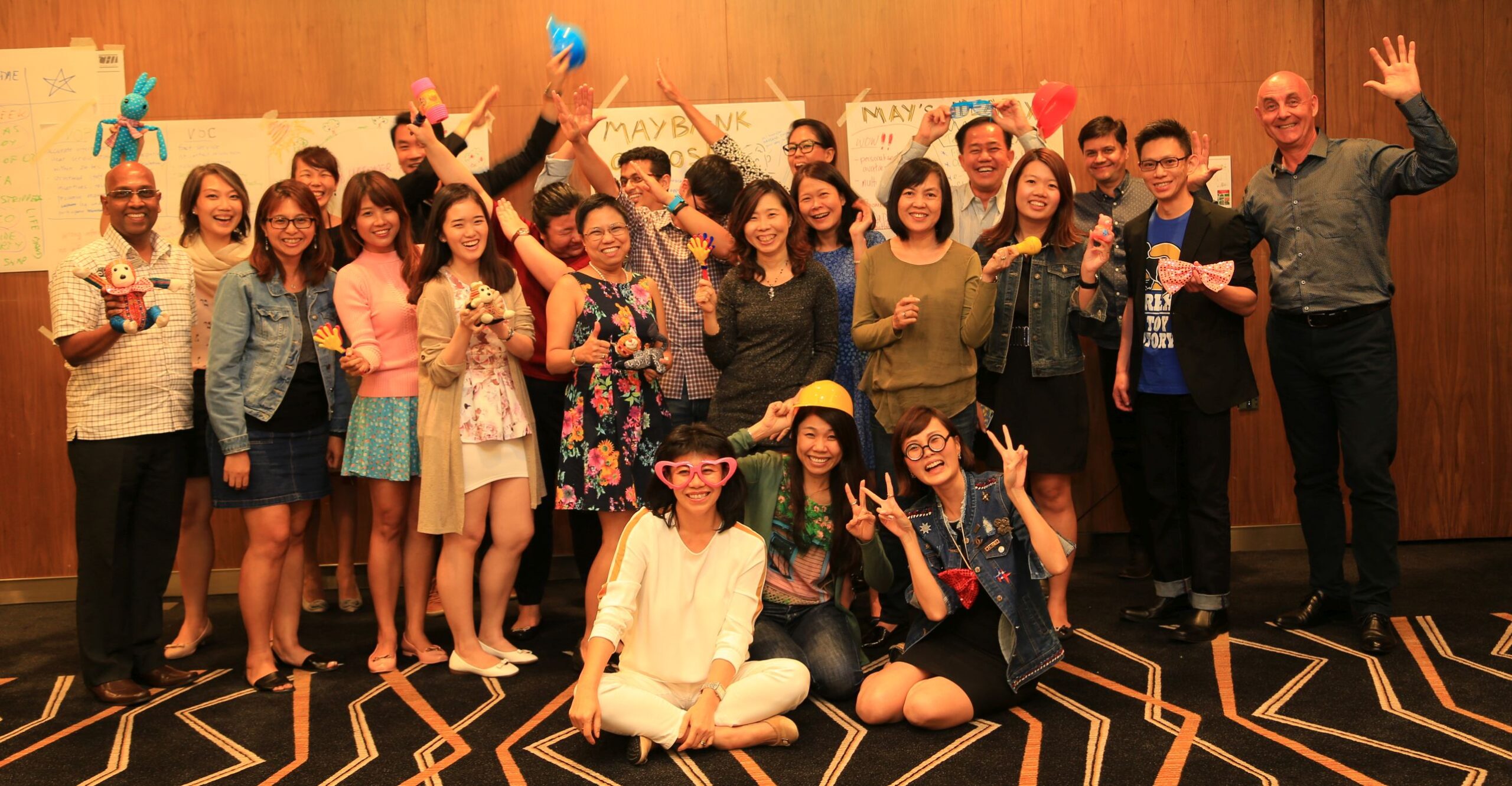Imagine you join a new kind of job in a different line of business you don’t have any experience in....
- +65 61000 263
- Contact@COE-Partners.com
- Newsletter
Imagine you join a new kind of job in a different line of business you don’t have any experience in....
“We need to increase productivity!” What sounds very reasonable on a country scale could be damaging on a company level....
Increase in productivity can be achieved in multiple ways. The myth of implementing IT support as cure-all for productivity problems...
The DMAIC toolkit is excellent for solving technical complexity problems. However, Lean Six Sigma tools are not as adept at...
Besides business and functional know-how, a successful leader must have competencies in leading change and improving, designing and managing processes....
New undertakings or experiences are always challenging at first. This is no different when Schenker Singapore (Pte) Ltd, a transportation...
A typical Friday evening starts with a family dinner in a nice atmosphere. This time we decide to visit one...
A couple of months ago, I was having lunch with the Chairman of a medium-sized contract manufacturing company in Singapore....

Coaching is “Expanding a person’s capacity to take quicker, more effective actions.” Robert Hargrove. In a coaching culture people continually...
Six Sigma has been developed decades ago and fine-tuned by many companies since then. However, there is no ISO standard...
Against the common belief, statistical knowledge is not a criterion for selecting your Belts. However, the capability to acquire new...
In times like this, every penny counts. So, how do we ensure we get the most out of our learning...

Your Lean Six Sigma initiative has taken off well, project teams led by Belts have done a nice work and results are...
Our client, a leading world authority in microelectronics development and research, appointed a senior research fellow to head its entire...
Our client, a US-based IT manufacturing MNC, needed to align the efforts of its seven separate IT divisions and help...
Copyright © 2025 by COE Pte Ltd. All Rights Reserved.